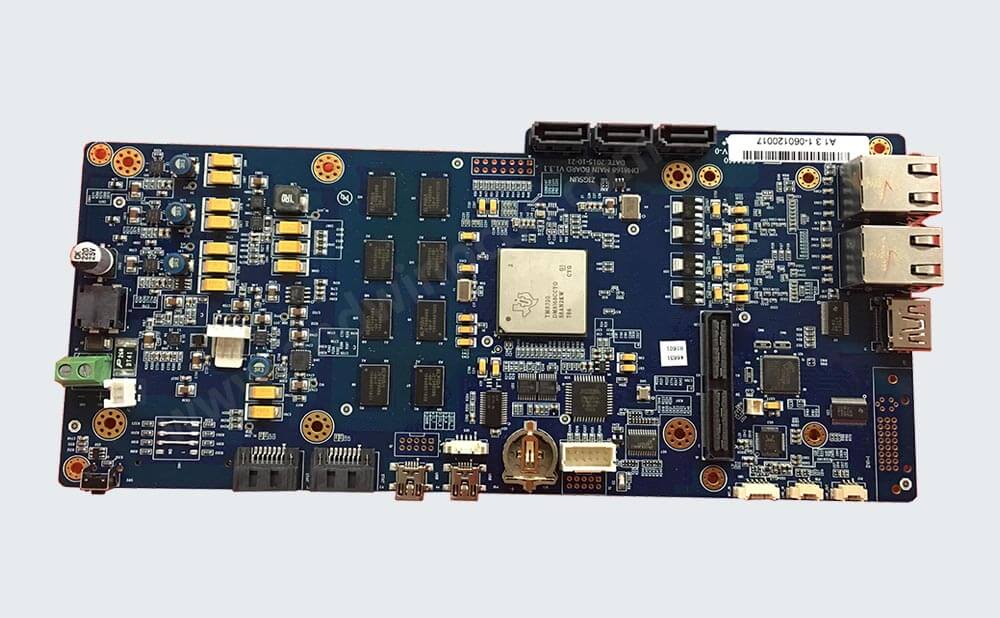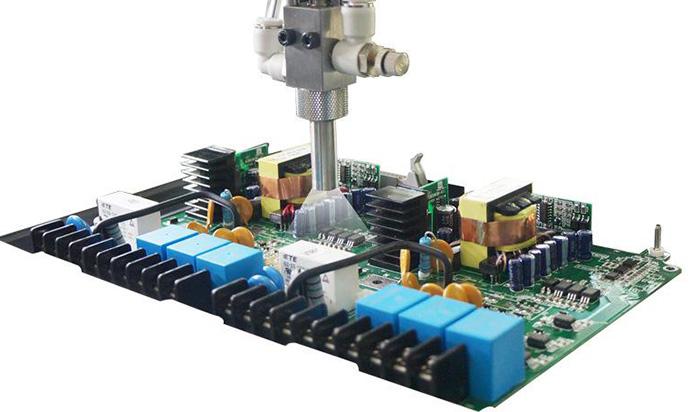Here are some common specifications for aluminum clad PCBs:
Aluminum clad PCBs (printed circuit boards) are a type of PCB that uses an aluminum substrate instead of the traditional FR-4 material.
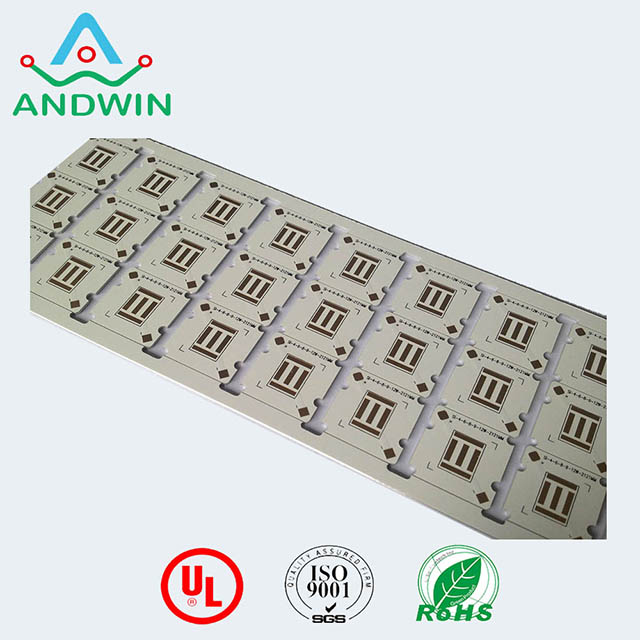
1. Substrate thickness: The thickness of the aluminum substrate can vary depending on the application.
Common thicknesses include 0.8mm, 1.0mm, 1.2mm, and 1.5mm.
2. Copper thickness: The copper thickness on an aluminum clad PCB can range from 1oz to 6oz.
A thicker copper layer provides better heat dissipation and higher current carrying capacity.
3. Dielectric layer: The dielectric layer is the insulating layer between the copper layer and the aluminum substrate.
The dielectric layer is typically made of a thermally conductive material such as ceramic or epoxy resin.
4. Surface finish: The surface finish of an aluminum clad PCB can be either HASL (hot air solder leveling),
OSP (organic solderability preservatives), or ENIG (electroless nickel immersion gold).
5. Solder mask: The solder mask is a protective layer that covers the copper traces and pads on the PCB.
It is typically green in color, but can also be black, white, or other colors.
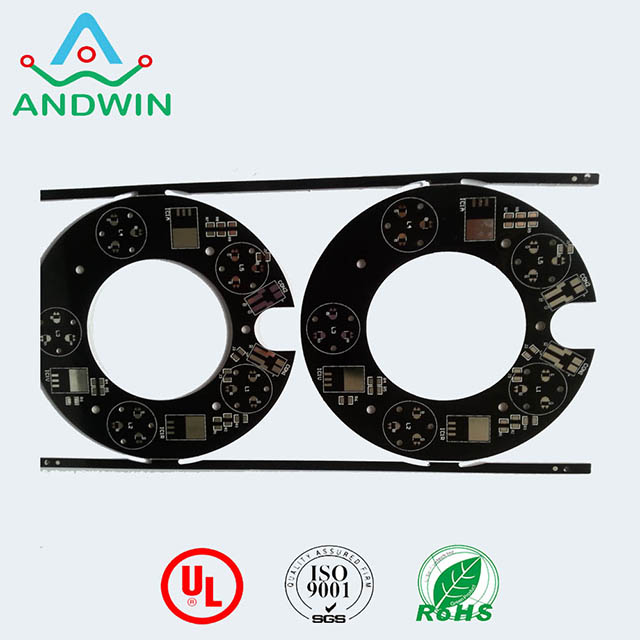
6. Silkscreen: The silkscreen is the layer that contains the component designators, logos, and other markings on the Aluminum PCB.
7. Panel size: The panel size of an aluminum clad PCB can vary depending on the manufacturer’s capabilities.
Common panel sizes include 18″x24″, 20″x24″, and 24″x24″.
8. RoHS compliance: Aluminum clad PCBs can be manufactured to be RoHS compliant,
which means they do not contain hazardous materials such as lead, mercury, and cadmium.
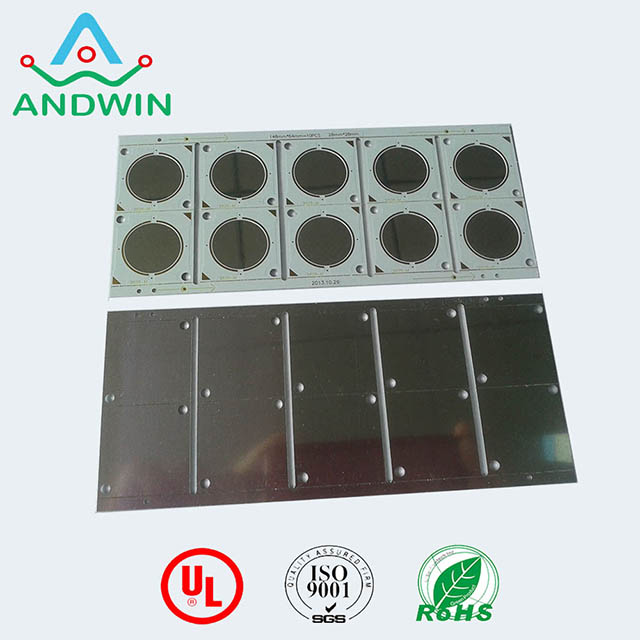
Specification content of aluminum composite panel
The specification content of aluminum composite panel (ACP) includes the following:
1. Panel thickness: ACPs are available in different thicknesses ranging from 2mm to 6mm.
2. Panel width: The width of ACPs can vary from 1000mm to 2000mm.
3. Panel length: The length of ACPs can range from 2440mm to 6000mm.
4. Aluminum skin thickness: The thickness of the aluminum skin used in ACPs can range from 0.12mm to 0.5mm.
5. Coating type: ACPs can be coated with different types of coatings such as PVDF, polyester, and FEVE.
6. Core material: The core material used in ACPs can be made of different materials such as polyethylene, fire-resistant mineral-filled core, and honeycomb core.
7. Color: ACPs are available in a wide range of colors and finishes such as metallic, solid, and wood grain.
8. Fire rating: ACPs can be rated for fire resistance based on their core material and coating type.
9. Application: ACPs can be used for various applications such as building facades, signage, interior decoration, and cladding.
10. Certification: ACPs can be certified by various organizations such as ASTM, EN, and ISO for their quality and performance.
Other PCB products, you may interesting




